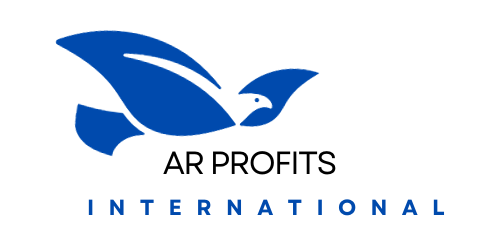How to use Google Search Console to search for niche keywords
Using Google Search Console to search for niche keywords is an effective way to understand how your website is performing in search results and identify opportunities for optimization. Here’s a step-by-step guide for beginners:
1. Set Up Google Search Console
If you haven’t already, visit the Google Search Console website (https://search.google.com/search-console) and sign in with your Google account. If you don’t have a Google account, you’ll need to create one.
- Once logged in, click on the “Add Property” button on the dashboard.
- Enter the URL of your website (e.g., https://www.example.com) in the provided field and click “Continue.”
Verify your ownership of your website
Choose a Verification Method:
- Google Search Console offers multiple verification methods to prove ownership of your website. Choose the method that works best for you:
- HTML file upload: Download the HTML file provided by Google Search Console and upload it to your website’s root directory using an FTP client or file manager provided by your web hosting provider.
- HTML tag: Copy the meta tag provided by Google Search Console and add it to the <head> section of your website’s homepage HTML code.
- Domain name provider: If your domain is registered with a supported provider (e.g., GoDaddy, Bluehost), you can verify ownership by signing in to your account and granting access to Google Search Console.
- Google Analytics: If your website is already linked to a Google Analytics account, you can verify ownership automatically through Google Analytics.
- HTML file upload: Download the HTML file provided by Google Search Console and upload it to your website’s root directory using an FTP client or file manager provided by your web hosting provider.
Verify Ownership:
- Once you’ve chosen a verification method and completed the necessary steps, return to Google Search Console and click the “Verify” button.
- Google will attempt to verify ownership of your website using the selected method. If successful, you’ll see a confirmation message indicating that your website has been verified.
Troubleshooting:
- If you encounter any issues during the verification process, double-check the instructions provided by Google Search Console for your chosen verification method.
- Ensure that you’ve implemented the verification code or file correctly and that it’s accessible to Google’s crawlers.
- If you’re still unable to verify ownership, consult Google’s help documentation or community forums for assistance.
By following these steps, you can successfully verify ownership of your website on Google Search Console and unlock valuable insights to improve your site’s visibility and performance in Google search results.
2. Access the Performance Report
After verifying ownership, you’ll gain access to a range of tools and reports within Google Search Console, including performance data, clicks, impressions, click-through rate (CTR), average position, search analytics, indexing status, and more.
Explore these tools to gain insights into your website’s performance in Google search results and identify opportunities for optimization.
3. Filter Data by Specific Pages or Queries
- To focus on niche keywords relevant to specific pages on your website, click on the “Pages” tab in the Performance report.
- Select the page you want to analyze or enter its URL in the search bar.
- Alternatively, you can analyze keyword performance by clicking on the “Queries” tab to see a list of search queries that users have used to find your website.
4. Analyze Keyword Data
- Review the list of keywords or search queries associated with your selected page.
- Pay attention to metrics such as clicks, impressions, CTR and average position to gauge the performance and relevance of each keyword.
- Identify keywords with high impressions but low CTR or average position, as these may represent opportunities for optimization or content improvement
5. Identify Niche Keywords
- Look for keywords that are relevant to your niche or industry and have a reasonable search volume.
- Focus on long-tail keywords or specific phrases that indicate user intent and align with the content of your website.
- Consider factors such as competition, search trends and user engagement when selecting niche keywords to target.
6. Refine Your Content Strategy
- Use the insights gathered from Google Search Console to refine your content strategy and optimize existing pages or create new content.
- Incorporate niche keywords naturally into your website’s content, including headings, body text, meta tags and image alt attributes.
- Monitor the performance of optimized pages over time and make adjustments as needed to improve search visibility and user engagement.
7. Track Progress and Iteration
- Regularly monitor your website’s performance in Google Search Console to track progress and identify any changes in keyword rankings or search trends.
- Continuously iterate and refine your keyword strategy based on insights from Google Search Console and other analytics tools to stay competitive and relevant in your niche.
By following these steps and leveraging the insights provided by Google Search Console, you can effectively search for niche keywords and optimize your website’s content for better search visibility and user engagement.




